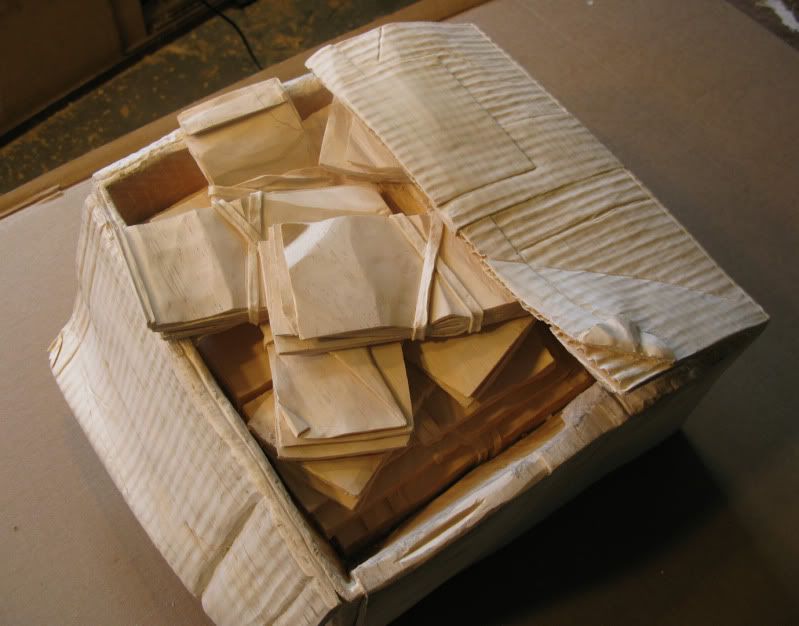Auckland Transport recently announced the results of a traffic survey of selected intersections around the city (reported here by RNZ National and others), with the surprising result that about two thirds of red light runners were cyclists, despite them making up only a small proportion of road users. The methodology used in the survey came under some criticism from Cycle Action Auckland and others, and there were the usual vitriolic comments from both sides of the pro/anti cycling sandpit.
I am, however, more interested in the reasons why so many cyclists feel the need to break the law. I haven't commuted by bike for many years (I now work from home) but I have previously done so in New Zealand and the United Kingdom. In the UK, I was much younger, and much more gung-ho on my daily 10km commute through London. I dodged u-turning cabs, squeezed between double decker buses and yes, I went through the occasional red light when it was safe.
Back living in Auckland, I was surprised at how much more hostile and unobservant motor traffic was but if anything the desire to run red lights on my commute was even stronger. Here are my thoughts on why.
- Unlike in London, it is quite common to be the only 'vehicle' waiting at the traffic lights in your direction. Bikes are not usually big enough to activate the inductance loop in the road, so you could theoretically stand there forever, or at least until a car comes along to trigger your phase.
- Intersections are often tight, congested places. A two lane road becomes four or more lanes to accommodate queueing cars. It is an intimidating place to wait while engines rev behind you. Contrary to popular belief, most cyclists don't want to hold up traffic, not least because doing so risks being pushed off your bike by impatient motorists, so the sooner you can get clear of an intersection the better.
- Cycling is physical. That momentum you lose when you stop has to be recovered again. This is not an excuse, just a statement of fact. If vehicle drivers had to do a couple of chin-ups at every intersection they stopped at I wonder how many would be tempted to run the light?
- Bikes are not vehicles, despite what the Road Code might say. Cyclists have much better awareness of their immediate environment than motor vehicles - better hearing, less obstructed view and fewer distractions. Cyclists have much more in common with pedestrians than with cars and trucks, however I didn't see jaywalking pedestrians included in the survey.
- If you ride your bike through an intersection during the pedestrian phase then you are technically running a red light. Provided that you don't endanger or frighten pedestrians what is the harm? You are clearing the intersection so you don't hold up cars so it is a win for all.
Cyclists inhabit a peculiar world on the fringes of two modes. Drivers say 'Move over or get off the road, you don't belong here'. Pedestrians say 'The footpaths are for walking, you don't belong here.' It's hardly surprising that cyclists want to dodge and dive their way from place to place, taking whatever opportunities arise. Considering cycling is the most efficient form of transport it is surprising that we treat it in this way.























